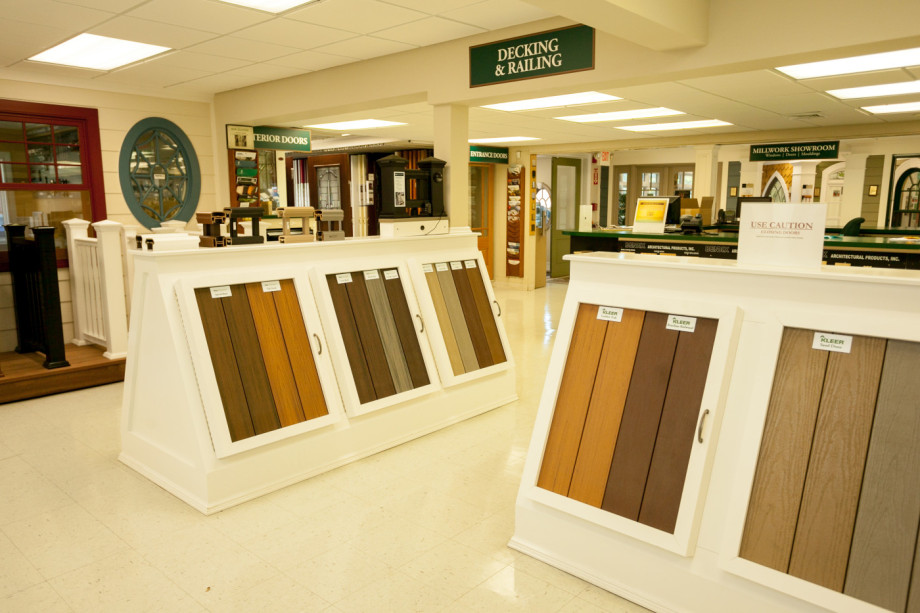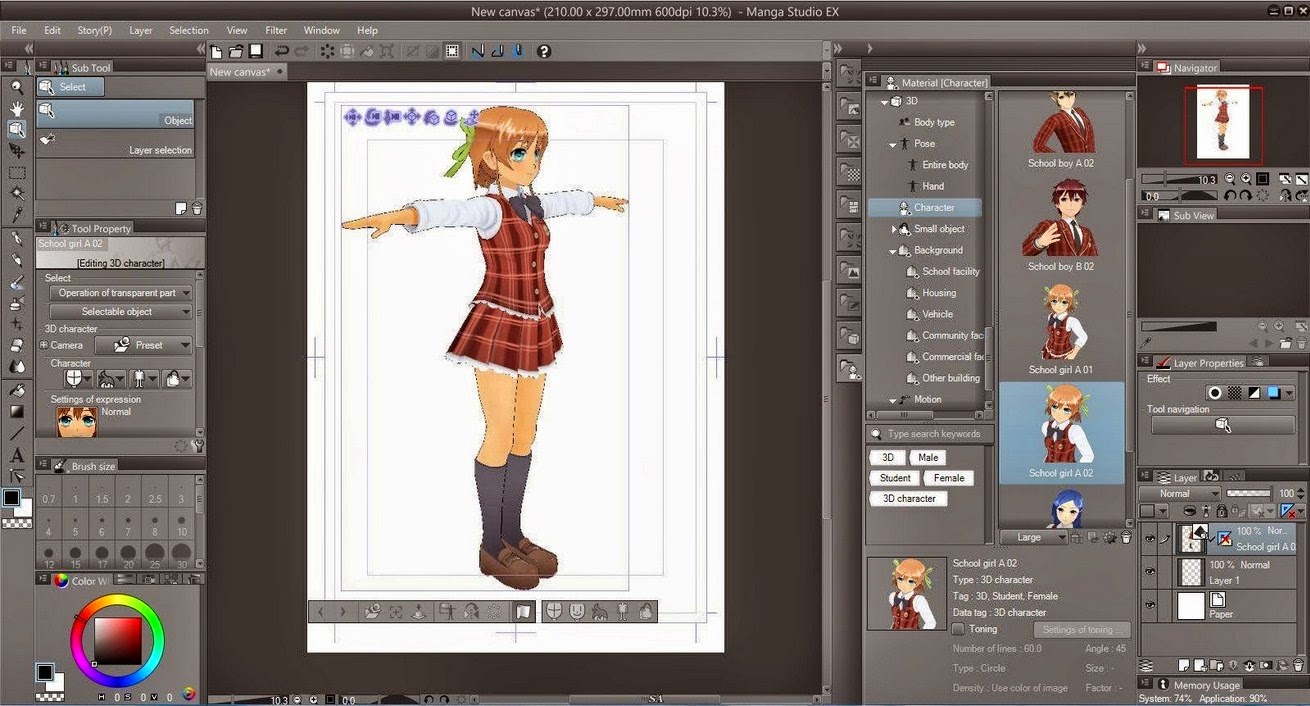How To Install Trex Decking Video
To install your BamDeck®composite decking, you’ll need a circular or chop saw, a power drill, a 1/8” drill bit, some 2-1/2” wood screws, a Philips bit, deck board installation hardware, a tape measure, pencil, some 1/4” spacers and some spare 2 by 4’s cut approximately 13 inches long. Expert advice on how to install and work with TREX and other composite decking materials, how to cut and fasten TREX, and framing for composite decking. If you’ve ever wondered what becomes of your recycled grocery bags, check out your neighbor’s deck—it might be made of them.
If your deck is looking weathered and worn, you can replace components with composite materials without a complete rebuild. Composite doesn’t splinter or have knots and it’s low-maintenance. This is the first installment in a two-part series on How to Install Composite Decking that shows you how to update an old deck using composite materials. The second part will guide you through installing new composite railings, balusters and post caps.
Tools & Materials
Use this checklist when you go to the store and purchase your items.
Preparation for Composite Decking
Composite materials are manufactured in a variety of colors and styles. If your deck is strong and structurally sound, you can remove all the treated lumber materials and leave the framework intact. The following will guide you through installing composite materials to enhance the look of your deck.
Contact your local building department and homeowner’s association, if any, for guidelines and requirements on replacing materials on an existing deck, including specific hardware requirements.

Read and follow the manufacturer’s instructions for all materials and tools you select for this job.
Many deck material manufacturers recommend ½-inch carriage bolts and nuts with 1¼-inch flat washers; the length depends on the thickness of framing members they must connect, typically 6-inch or 8-inch bolts. Decking screws are often 2 ¼ inches #7 stainless steel or coated square-drive.
Removing Old Decking
Step 1
Use wrenches and pry bars, as needed, to remove fasteners and hardware attaching the old decking materials to the deck framing. Start with the lattice skirting (if any), then remove the railings, then the decking. Depending on how the deck is constructed and what you're replacing, you may have to remove the posts after the decking.
Step 2
Once you have removed the old material, visually inspect the framework under the deck for loose connectors, broken posts and wood condition.
- Use an awl or a small flat screwdriver to test the wood’s firmness in various locations. If the wood in some areas is much softer than others, it may need to be replaced before continuing.
- Verify that the ledger board is securely bolted or screwed to the house’s rim joist, rather than just angle-nailed. The joists should be secured with joist hangers; if not, they should be installed now. If you have a doubt about the condition or fastening of the deck frame, call a professional for help.
Installing New Posts
The posts will be attached to the inside of the frame with treated lumber bracing and carriage bolts. The bottom of the post will be flush with the bottom of the frame.
Step 1
Measure the distance between two corner posts and divide by the distance allowed between posts (typically, 6 feet or 72 inches; check the manufacturer’s instructions).
Step 2
Calculate the number of posts needed by rounding up to the nearest whole number, then subtracting 1. For example, if the distance between two corner posts is 18 feet, divide by 6 feet to get 3, then subtract 1 post for a total of 2 posts.
How To Install Trex Hidden Fasteners
Step 3Mark the position of the post(s) on the deck frame.
- You may have to adjust slightly depending on the position of the joists.
Step 4
Calculate the height of the post(s).
- Remember to account for the depth of the joists.
Step 5
Cut the post(s) to the required height.
Step 6
Attach the first post to the inside of the rim joist (and end joists) with carriage bolts.
- Starting in the corner, hold a post in place (clamping makes it easier) and attach braces around it with screws.
- Drill holes through the joist, post and brace.
- Insert carriage bolts through the drilled holes and attach a washer and nut to each bolt.
- Loosely secure the carriage bolts to the joist with a socket wrench.
- Use a post level to verify that the post is perpendicular, then tighten the nuts on the carriage bolts.
- Follow the same procedure to secure all posts with carriage bolts, washers and nuts.
Installing Decking
Step 1
Lay the decking boards on the joists to create a work surface. Start at the rim joist and work toward the house.
Step 2
Position the first board as needed for installation along the rim joist. You may need to use a jig saw to cut the plank to fit around the posts.
Step 3
Attach the decking board to each joist with two screws, about 1 inch from edges and ½ inch or more from board ends to prevent splitting.
Step 4
Continue attaching decking boards end to end to complete the first row along the rim joist.
Step 5
Place the first board of the second row against the first row. Insert a spacer tool or another tool, like a carpenter’s pencil, between the two boards to ensure a ¼-inch gap between the planks for drainage.
Step 6
Attach the second row as you did the first, staggering joints on joists.
Step 7

Continue attaching the decking boards.
Step 8
If the decking boards hang over the deck frame edges, snap a chalk line over the top of the end joists and cut with a saw.
Step 9

